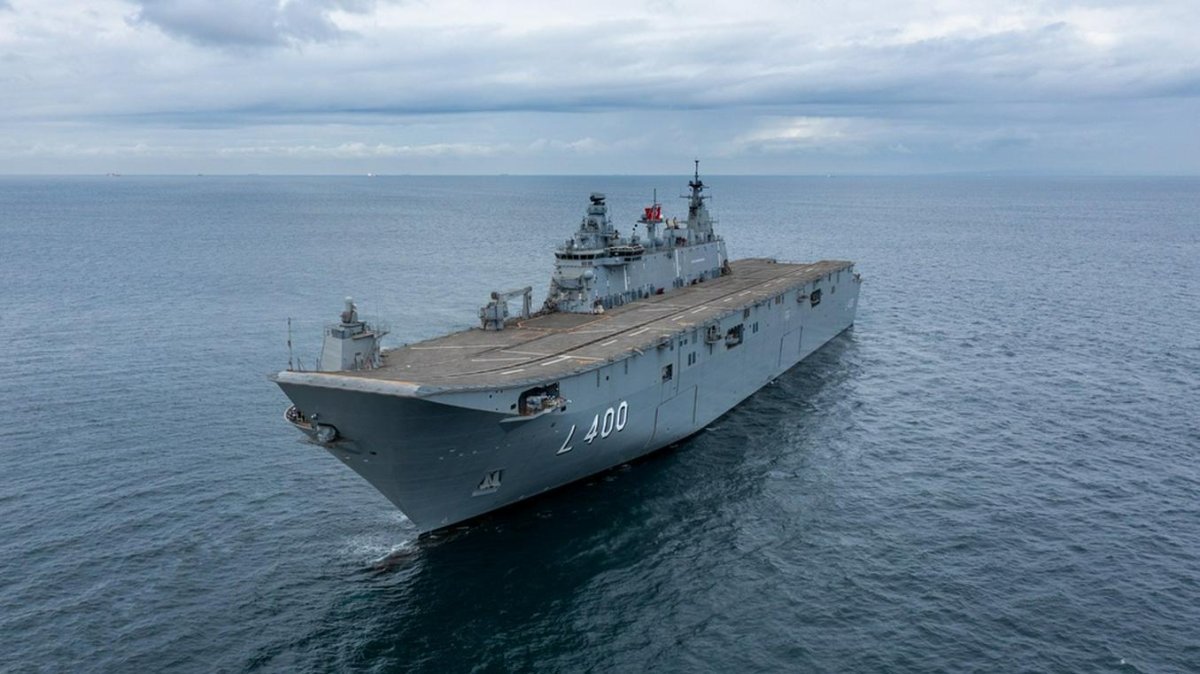Over the past 100 years, aircraft carriers have undergone a long journey of evolution.

Over the past 100 years, aircraft carriers have undergone a long journey of evolution, starting from experimental vessels that acted as launchpads for seaplanes and culminating with a transformation into powerful, nuclear-powered, jet-fighter equipped ships, texting correspondent of Sarbaz.kz.
Initially, the experiments with stationing aircraft on ships were primarily driven by the need for naval reconnaissance. In the early 20th century, the fleet's main weapon was heavy artillery, while aerostats and early airplanes were primarily used to locate enemy ships.
In 1922, the Washington Naval Treaty provided a significant impetus for the development of aircraft carriers. To avoid scrapping, numerous existing cruisers were converted. By 1930, a standardised layout for aircraft carriers had been established, which was used for over 20 years: a straight flight deck with an enclosed hangar and superstructure on the starboard side.
Aircraft carriers have played a decisive role in WWII battles. The most notable carrier attack occurred on December 7, 1941, when 350 aircraft from six Japanese carriers struck the US Pacific Fleet at Pearl Harbor in Hawaii.
In the post-war period, the development of aircraft carriers has progressed in two directions: increasing the size of the ships to accommodate larger aircraft and enhancing their autonomy to reduce dependance on support forces.
As a result, the US Navy has developed the concept of the "supercarrier," characterised by the ability to carry large numbers of heavy combat aircraft. The “Nimitz-class” carriers proved to be precisely what was needed.
Furthermore, a relatively new class of carriers - helicopter carriers is also noteworthy. These ships are not equipped with aircraft catapults and arresting wires. Typically, such vessels also serve as anti-submarine or amphibious assault ships.
For many weapon systems, defining a single clear task is a common issue. Systems often serve multiple functions, both offensive and defensive. Small helicopter carriers serve as an ideal platform for anti-submarine warfare, supporting multinational operations, or dealing with countries with limited military capabilities. In particular, the emergence of vertical takeoff and landing fighters, has expanded the role of helicopter carriers.